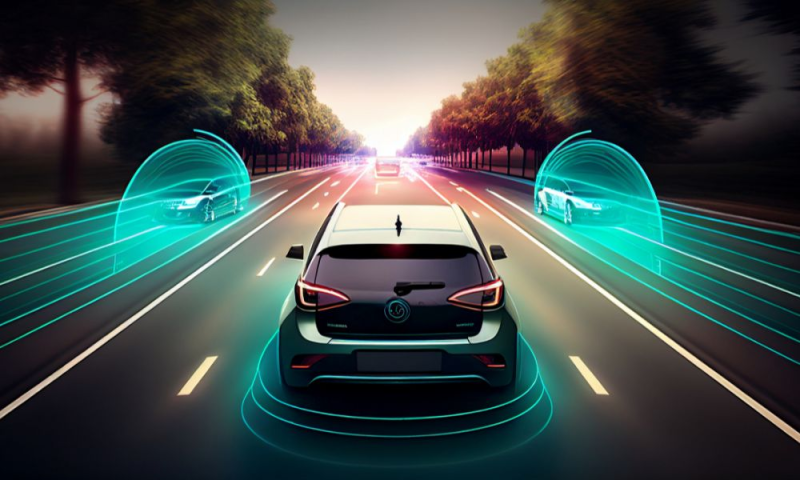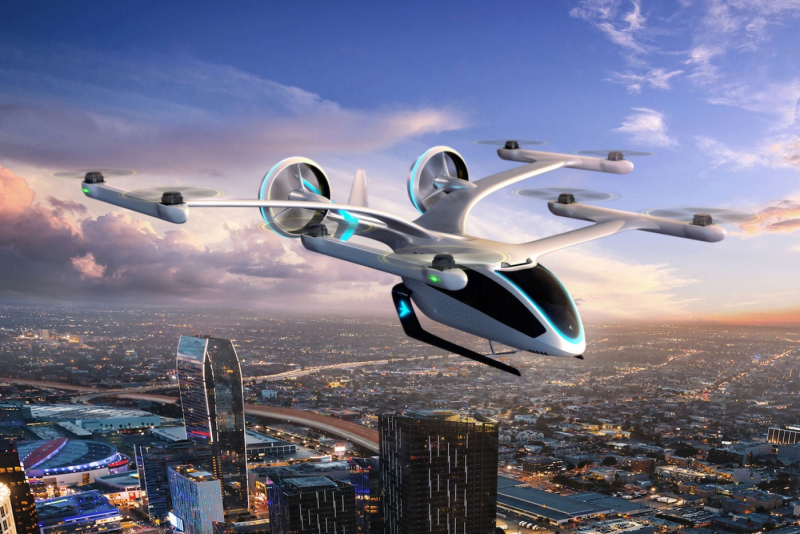1. Introduction to Autonomous Driving Levels
The Society of Automotive Engineers (SAE) has established a comprehensive framework to categorize autonomous driving into six distinct levels, ranging from no automation (Level 0) to full automation (Level 5). Understanding these levels is crucial for both consumers and industry professionals, as it clarifies the capabilities and limitations of current and future autonomous vehicles.

2. Level 2 Autonomous Driving
Level 2, known as partial automation, involves vehicles that can manage several driving tasks simultaneously, such as acceleration, braking, and steering. However, the driver must remain vigilant and ready to take control at any moment. Examples of Level 2 systems include adaptive cruise control and lane-keeping assist, which work together to maintain the vehicle’s position and speed. While these systems offer significant convenience and safety improvements, they still require active driver supervision.
3. Level 3 Autonomous Driving
Level 3, or conditional automation, represents a significant leap from Level 2. At this level, the vehicle can handle most driving tasks under certain conditions, allowing the driver to disengage from active control. For instance, Level 3 systems can manage highway cruising and lane changes, monitoring the environment and making decisions independently. However, the driver must remain alert and ready to take over when prompted, especially in situations beyond the system’s capabilities.
4. Role of AI in Enhancing Safety
AI plays a critical role in enhancing the safety of autonomous vehicles. Advanced AI algorithms enable vehicles to perceive their surroundings more accurately, recognize potential hazards, and make informed decisions. For example, AI-powered perception systems can detect pedestrians, cyclists, and other vehicles with higher precision, reducing the risk of accidents. Additionally, AI enhances decision-making by processing vast amounts of data in real-time, allowing vehicles to react more quickly and effectively to changing conditions.
5. Comparison and Future Implications
The key difference between Level 2 and Level 3 lies in the degree of driver involvement. While Level 2 requires continuous driver supervision, Level 3 allows for temporary disengagement under specific conditions. This shift has significant implications for driver comfort and safety, as it reduces the cognitive load on drivers during long trips or in traffic jams. Looking ahead, the development of more advanced AI and automation technologies will continue to push the boundaries of autonomous driving, potentially leading to higher levels of automation and even greater safety benefits.
6. Conclusion
In summary, understanding the differences between Level 2 and Level 3 autonomous driving is essential for appreciating the advancements in this field. AI’s role in enhancing safety cannot be overstated, as it enables vehicles to perceive and react to their environment more effectively. As technology continues to evolve, we can expect autonomous driving to become safer, more efficient, and more accessible to the general public.
Hot Questions and Answers
- What are the main differences between Level 2 and Level 3 autonomous driving?
- Level 2 involves partial automation where the driver must remain vigilant and ready to take control at any moment. Level 3, on the other hand, allows for conditional automation, where the vehicle can handle most tasks under specific conditions, allowing the driver to disengage temporarily.
- How does AI improve safety in autonomous vehicles?
- AI enhances safety by improving perception accuracy, enabling vehicles to detect and respond to hazards more effectively. It also enhances decision-making by processing real-time data, allowing vehicles to react quickly to changing conditions.
- Can Level 3 vehicles operate without any driver intervention?
- No, Level 3 vehicles require the driver to remain alert and ready to take over when prompted. They can only handle specific tasks under certain conditions.
- What are some examples of Level 2 autonomous driving systems?
- Examples include adaptive cruise control and lane-keeping assist, which work together to maintain the vehicle’s position and speed.
- Are there any Level 3 vehicles currently available to the public?
- Some Level 3 systems are available in certain markets, but their use is often restricted to specific conditions and environments.
- What are the future prospects for Level 3 and higher levels of autonomous driving?
- As technology advances, we can expect more widespread adoption of Level 3 systems and further development towards higher levels of automation, potentially leading to fully autonomous vehicles.
References
- The 6 Different Autonomous Driving Levels – Car … (2024-12-18). https://caradas.com/levels-of-autonomous-driving-all-levels/
- What is autonomous driving level 3? Explaining … (2024-05-31). https://www.macnica.co.jp/en/business/maas/columns/144473/
- Artificial Intelligence in Automated Driving: an analysis … (n.d.). https://publications.jrc.ec.europa.eu/repository/bitstream/JRC127189/JRC127189_01.pdf
- What are the Different Autonomous Driving … (2022-11-28). https://www.tomtom.com/newsroom/explainers-and-insights/different-levels-of-autonomous-driving/





